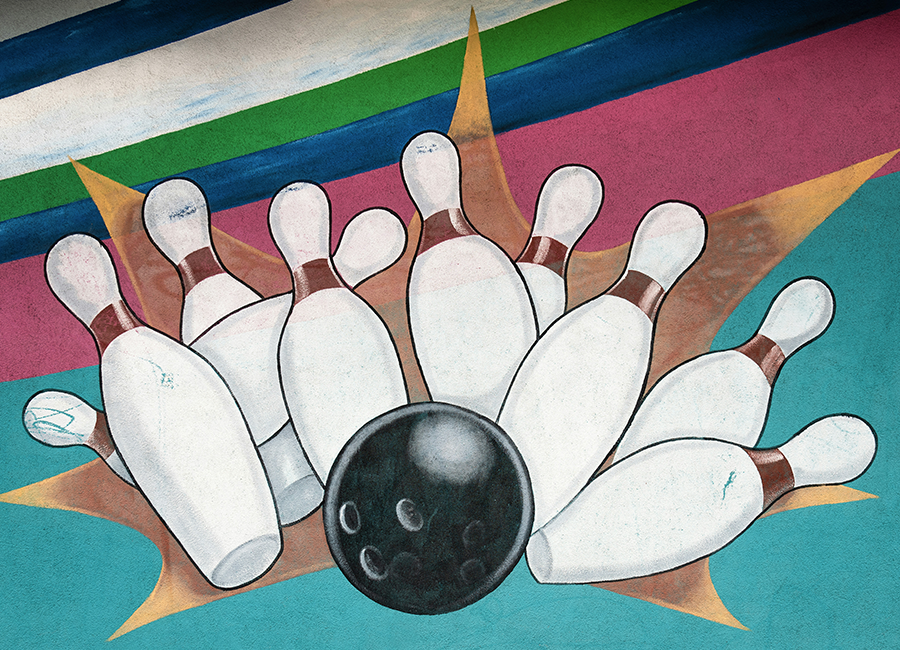Consumer communities have been around a while in market research, but saying that, there are plenty of professionals who don’t fully understand the power they contain when used well.
There are a variety of consumer communities that you can draw upon, which will all use similar methods to achieve a different type of community or purpose. The social listening and panel communities for example, are two that are quickly gaining more traction as technology evolves on both the consumer and research ends, but use completely different platforms and have different research purposes and techniques to engage participants. You can read more about the different types of consumer communities in our other blog here.
However, despite the different platforms, there are strong similarities across all consumer communities that propel businesses to powerful results:
Collaborative Insights and No Waste
Consumer communities, whatever platform and whatever purpose, are always vast networks of burgeoning creativity and endless insights. With the means to think individually but also work together, there are no limits to the brilliant ideas and insights that these virtual societies produce.
To deliver accurate and directly actionable insights is the aim of every insight professional, and with the customers behind them, these actionable insights have a lot more weight in the boardroom and across the organisation. But it’s this collaborative approach that will provide the most accurate data and true insights needed to give the business a fighting chance. Collaborative community tools such as forums, smartboards, and question boards allow rich discussions to take place between participants, and along with an agile research structure means any potential undiscovered insights that emerge have the chance to have a direct impact on the rest of the research experience and the physical results that come out of it.
American health and wellbeing company, Isagenix, has on it’s staff a large customer community who have been the driving force behind the shaping of its customer-ambassador relationships, and critical new product developments such as their essential oils range. The members of the IsaInsights panel are never short for work, with surveys, focus groups, scrapbook, and diary tasks designed to bring the voice of Isagenix’s customer-base to the forefront of all vital decision-making processes.
Formula1 (F1) is another brilliant example of how businesses can harness the brilliant power of a customer community to transform into a being bigger than ever thought possible. F1’s Fan Voice community has won awards for the research it has conducted, and with visual proof of the effectiveness the generated insights have had (i.e. an increase in race attendance of 11% in 2018 and a 54% increase in social media followers), it’s hard to say that market research through customer communities isn’t worth the effort.
With these collaborative insights, businesses such as Isagenix and F1 have a fighting chance at making the right decision 99% of the time, with success having a much better chance with the support and insights of their customers behind them all the way. These correct decisions have proved to increase the ROI of most if not all of the endeavours brought into being with accurate insights. This in turn is guaranteed to reduce any waste that would potentially occur (the effort of all those involved in bringing the final decision to life, the resources used in the process of bringing the decision to life, etc.) if the wrong decision is made within the organisation.
Building Brand Loyalty
Brand loyalty is one of the most common side effects of an online insights community, but it is also taken for granted a lot of the time too. Brand loyalty is one of the most debated topics, with a number of people not believing it exists at all with how conditional consumer loyalty can be! But whether or not it actually exists, brands get a lot of kudos for involving their customers in the development of their brand, products, and services, and this kudos can lead to what is perceived as loyalty.
As one of our other blogs states, customer communities remain a secret weapon when it comes to building brand loyalty, mainly because there are relatively few brands taking advantage of this valuable opportunity. But this loyalty doesn’t just extend to those participants within the research database, word-of-mouth marketing is still one of the most powerful forms of marketing available to us in this technologically-driven age.
In one of their recent studies, Nielson found that 92% of consumer believe recommendations from friends and family over all forms of advertising; this is a stat that is backed up by our own research into Consumer Tribes their relation to brand loyalty, but we also found that this goes deeper into the inner workings of consumer behaviour, in that consumers have a fondness of belonging to Tribes (whether brand, subculture, or familial), which they will follow even to the point of favouring one brand over another, therefore awarding them their ‘loyalty’.
Building consumer insight communities will allow brands to reach beyond their participants, by using their participants to spread the good word about how well they’re doing in taking their considerations into account. But not only that, those that they don’t reach through this method, they will be able to reach through the results of the research that they do, in tailoring better customer experiences to non-customers, in better marketing efforts, and in building better customer touchpoints.
Creating a Customer-Centric Culture
As Deloitte say in their Consumer Review, “Consumer engagement needs to go beyond the marketing function, it requires better collaboration across different parts of the organisation in managing the difference touch points with consumers.” While anyone can build touchpoints based on the basic knowledge of how consumers might interact with their brand, truly great businesses with customer-centric cultures embedded deep within the organisation will know exactly which of their touchpoints are successful, which aren’t, and where there should be one based on tried and tested user experiences.
But it takes a lot to build a customer-centric culture that brings about organisation-wide change on a daily basis. Luckily, this is where online insight communities come in! Building this customer-centric culture around an expansive online customer community, and democratising the research experience so that it’s accessible to everyone at all times, will propel your organisation into customer-centric success.
However, going back to the fact that customer communities can take a variety of different forms, it’s important to take into account that there is no one right community for each brand, and in fact, multiple communities might just be the key to your success. As an example, Netflix’s passive data collection on their own brand community (brand community here meaning those who use the Netflix platform for streaming visual content) helps tailor customer experiences as well as provide insight into the trends of their customers. But they also have a very active social media following to account for as well, which they take advantage of as much as possible.
Et al.
There are a lot of benefits to customer communities, but these are three of the most poignant aspects customer communities can have a lot of influence over if given the chance; the power of these customer communities is endless.
It takes a lot of work to make a customer community work, to construct and guide these communities effectively to focus on the areas that will enhance your organisation and research experience. Even negative reactions and comments to a proposed topic can be just as powerful as positive data, so be sure to use that negative feedback to your advantage. But the power that these communities wield could just be worth the chance.


















